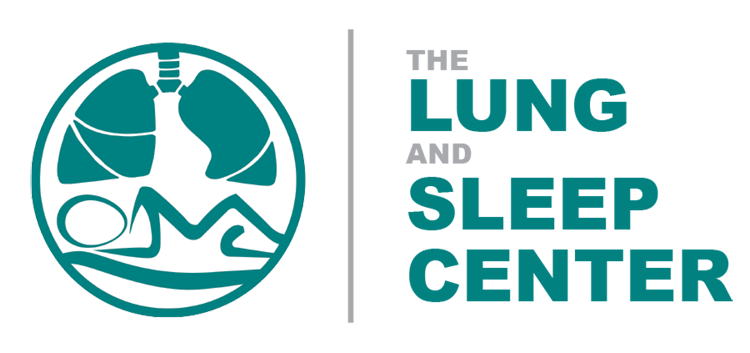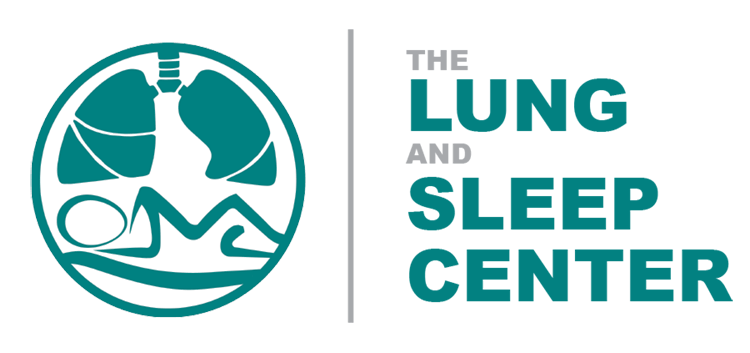Lung Cancer Staging
What is staging of lung cancer?
The stage of a tumor refers to the extent to which lung cancer has spread in the body. Staging involves both evaluation of a tumor's size, as well as the presence or absence of metastases in the lymph nodes or in other organs. Staging is important for determining how a particular tumor should be treated. Staging of a tumor is also critical in estimating the prognosis of a given patient, with higher-stage tumors having a worse prognosis than lower-stage tumors.
Doctors use several tests to accurately stage lung cancer, including blood tests, X-rays, CT scans, bone scans, and PET scans. An abnormal blood chemistry test may signal the presence of metastases in the bone or liver. Radiological procedures document the size of a tumor, as well as its spread to other organs.
Non-small cell lung cancers (NSCLC) are assigned a stage from I to IV in order of severity.
- In stage I, the cancer is confined to the lung.
- In stages II and III, the cancer is confined to the lung and, possibly, the lymph nodes.
- Stage IV cancer has spread outside of the lung to other parts of the body.
Small cell lung cancers (SCLC) are staged using a two-tiered system:
- Limited stage (LS) SCLC refers to cancer that is confined to its area of origin in the lung and lymph nodes.
- In extensive-stage (ES) SCLC, the cancer has spread beyond the lung to other parts of the body.
Source: WebMD


